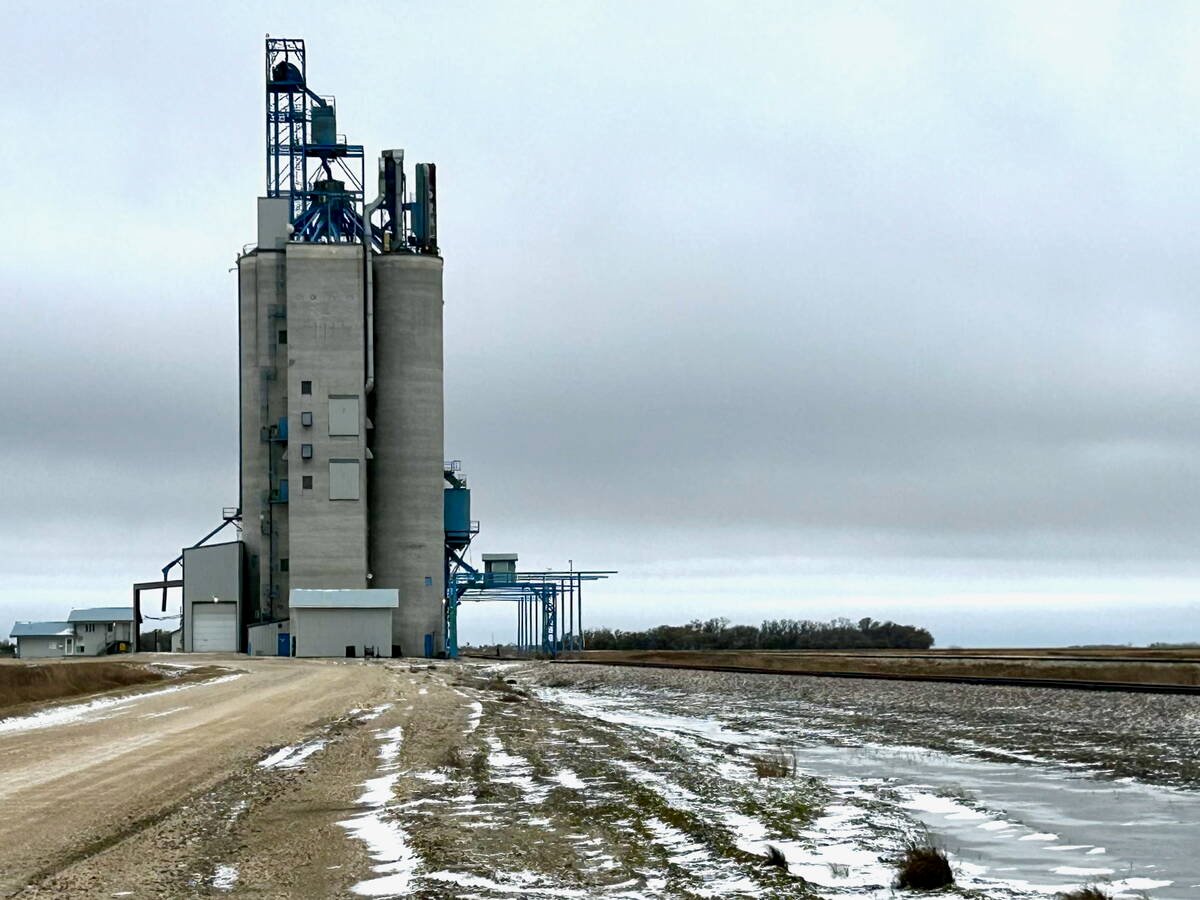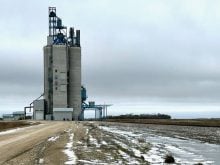Producers planning to grow oilseeds this year may want to rethink their
decision.
Oilseeds are inherent water users, Brian McConkey told the recent
Saskatchewan Soil Conservation Association seminar in Regina.
The researcher from the Agriculture Canada research centre in Swift
Current, Sask., said producers who seed oilseeds into dry soil could
end up disappointed.
“You’re going to be dependent very much on rain falling during
grain-fill in order to maximize yield and they’re also desperately
Read Also

Manitoba grain elevator ownership expands
Carman-based Linear Grain buys Fannystelle elevator from Bunge, another three elevators sold to Morden’s BP & Sons Grain and Storage Inc.
rooting down there, putting a lot of resources in the roots to find
water,” he said in an interview.
“If there’s no water there, they don’t know that, but it’s not really
an efficient use of their resources.”
Oilseeds generally root deeper than other crops.
Deeper-rooting crops manage to pull water up during a dry year, but
yields suffer. This also dries out the soil for the following year.
McConkey said the previous year’s crop has a big effect on how much
water is available in the soil.
He said producers should start thinking about favourable crop sequences
and the concept of water intensity.
“If you get your system too water intense, then there’s going to be
trouble,” McConkey said.
“That’s certainly happened to a lot of growers, especially maybe too
many kabuli chickpeas in the rotation.”
He said producers who want to grow kabulis should grow something less
water intensive the next year, like peas.
Peas will do the most with the least amount of water, he added.
“The pea is the closest thing we have to a cactus,” he said.
“It’s very water efficient. It doesn’t use a lot of water. It’s an
inherent water conserver.
“No matter what conditions you put it in, it will always seem to use
less water than any other crop, which often does conserve more.”
While peas are a shallow-rooted crop, other shallow-rooted crops, like
flax, don’t offer the same water use efficiency, which is defined as
grain yield divided by water use.
Flax has the disadvantage of having to put more energy into producing
oil.
“If it has to rely on good timely rains during grain-fill, that could
be pretty dicey, whereas if it had some soil reserve, then you have
that kind of buffer.”
McConkey said producers should start thinking about water intensity and
how they can make their systems more efficient.
In some areas, cropping systems are not intensive enough and excess
soil moisture becomes a problem. In the semi-arid prairie, systems that
are too water intense are causing problems.
McConkey said producers have to find the balance.
Water-conserving practices like direct seeding and tall standing
stubble support more water-intense crops, he added.















